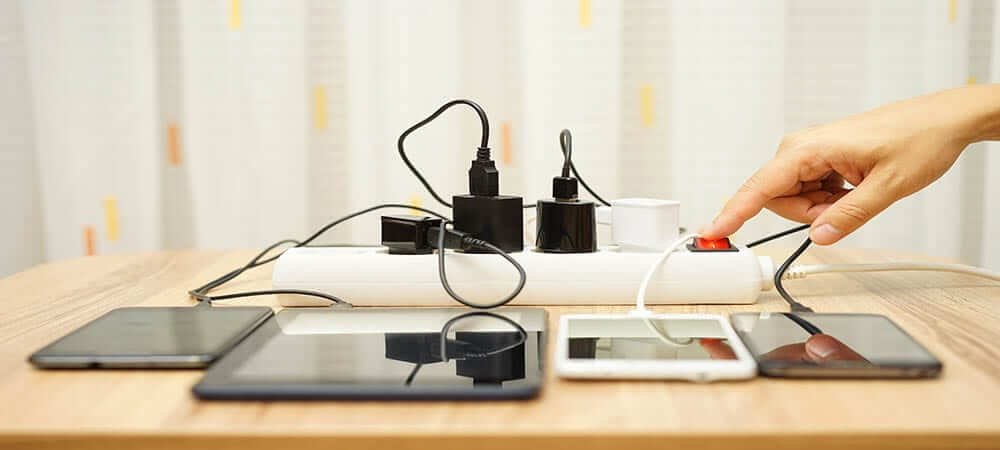Electricity serves a variety of purposes in the modern world. Electrical cables are the unsung heroes that guarantee the safe and effective transport of electricity, powering everything from our houses’ lights to our electronics.
To preserve safety, reduce electrical risks, and improve our electrical systems’ efficiency, it is essential to comprehend the significance of using electrical cables properly. This blog walks you through the importance of using proper electric cables. Let’s check it out in the following section.
Why Are Proper Electric Cables Important?
Safety First
Using the Ferret cables properly is essential for keeping the environment safe. Overloading, overheating, and electrical fires can be avoided by using suitably rated wires for the intended use. The risk of electrical shocks is also decreased by using suitable installation methods and abiding by electrical rules, which guarantees that the wires are properly grounded and insulated.
Efficient Power Delivery
Effective power delivery is made possible using electrical cables with the proper kind and gauge. Inadequately sized cables can cause voltage dips, which can decrease performance and perhaps harm connected equipment. Careful cable selection and installation ensure effective power distribution throughout the electrical system.
Voltage and Current Ratings
It’s critical to match the cable’s voltage and current specifications to the electrical load it will support. Cable overheating and failure may result from exceeding these specifications. To get the right cable specifications for the required voltage and current, it’s crucial to refer to electrical regulations and standards.
Cable Insulation
The cable’s insulation type is crucial since it protects against electrical shocks and damage. There are several degrees of insulating qualities offered by insulation materials such as PVC (Polyvinyl Chloride), XLPE (Cross-linked Polyethylene), and THHN (Thermoplastic High Heat-resistant Nylon). Selecting Ferret Australia’s appropriate insulating material involves being aware of the application requirements and environmental factors.
Cable Size and Gauge
The amount of current the cable must carry determines the size and gauge of the cable. Big electrical loads demand cables with a larger cross-sectional area or gauge to reduce resistance and avoid overheating. Finding the right cable size for a given application can be easier by consulting electrical wiring manuals or an expert.
Professional Installation
A certified specialist with complete knowledge of electrical codes and regulations should install electrical cables. They are skilled in adequately routing, securing, and connecting the wires to ensure compliance and safety.
Cable Protection
Proper cable protection is crucial to avoid physical harm, abrasion, and exposure to moisture or chemicals. The cables are protected from the elements by using conduit, cable trays, or suitable cable covers, which increases their longevity and lowers the possibility of electrical problems.
Regular Inspections and Maintenance
Electrical wires must be regularly maintained and inspected to spot problems like loose connections, frayed insulation, or broken cables. Qualified electricians should do these checks so they can evaluate the wires’ condition and take any required repair action.
Conclusion
To ensure safety, maximize efficiency, and avoid electrical risks, it is essential to comprehend the significance of using electrical cables properly. Each stage is essential to the efficiency and dependability of our electrical systems, from choosing the appropriate cable type and size to ensuring that it is installed correctly and maintained regularly. We can utilize the power of electrical lines while keeping our homes, companies, and communities secure by prioritizing safety, adhering to electrical codes, and getting expert advice from the Ferret in Australia when needed.




